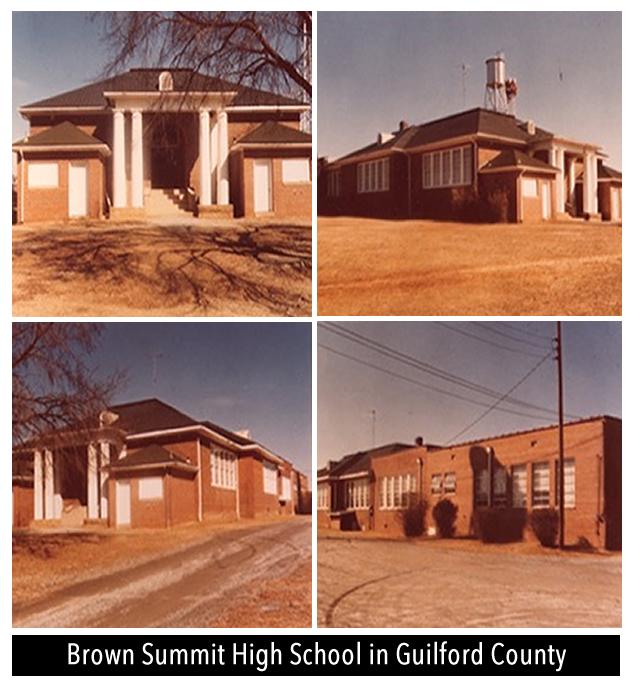
In the 1910s, Chicago philanthropist Julius Rosenwald, President of Sears, Roebuck and Co., became aware of the sad state of education among African Americans in the rural South. His response was establishment of a fund.
The Julius Rosenwald Fund provided architectural plans and matching grants that helped build more than 5,300 schools from Maryland to Texas between the late 1910s and 1932. North Carolina had more than 800 projects, more than any other state.
Booker T. Washington of the Tuskegee Institute and Julius Rosenwald built state-of-the art schools for African American children across the South. The effort has been called the most important initiative to advance black education in the early 20th century.
Attending a Rosenwald School put a student at the vanguard of education for southern African-American children. The architecture of the schools was a tangible statement of the equality of all children, and their programming made them a focal point of community identity and aspirations.
The Brown Summit School
 What was then, the Brown Summit Colored School and built in the 1925-1926 Rosenwald Fund budget year, later became Brown Summit High School in Guilford County. Brown Summit is an unincorporated area in the County. Funds raised by the community also contributed the money provided for this six-room school. Students from various communities were able to attend this school and begin their journey to an education.
What was then, the Brown Summit Colored School and built in the 1925-1926 Rosenwald Fund budget year, later became Brown Summit High School in Guilford County. Brown Summit is an unincorporated area in the County. Funds raised by the community also contributed the money provided for this six-room school. Students from various communities were able to attend this school and begin their journey to an education.
By 1928, one-third of the South’s rural black school children and teachers were served by Rosenwald Schools.
Despite the schools’ historical significance, only a small percentage of Americans are familiar with the structures and their impact on our nation’s history. While some schools are being preserved for community use, lack of resources and neglect have left many of the schools unusable.
When a 1954 Supreme Court ruling declared segregation in education unconstitutional, Rosenwald Schools became obsolete. Once the pride of their communities, many were abandoned or demolished. In 2002, the National Trust joined forces with grassroots activists, local officials, and preservationists to help raise awareness of this important but little-known segment of our nation’s history, placing Rosenwald Schools on its 11 Most Endangered Historic Places list.
Brown Summit High School Alumni and Friends Association
Founded in March 2017 by alumni that attended Brown Summit High School and friends, the Brown Summit High School Alumni and Friends Association was established to further the understanding of the importance of Brown Summit High School and history of Brown Summit High School, a Rosenwald Fund School, and its various predecessor High School, followed by Brown Summit School that included grades 1-12, Brown Summit Elementary and, currently Brown Summit Middle School for Advanced Academics.
Dedication Ceremony
 On March 29, 2018, the Association hosted an Unveiling and Dedication Ceremony of a Commemorative Historical Marker in recognition of Brown Summit High School on the campus of Brown Summit Middle School for Advanced Academics.
On March 29, 2018, the Association hosted an Unveiling and Dedication Ceremony of a Commemorative Historical Marker in recognition of Brown Summit High School on the campus of Brown Summit Middle School for Advanced Academics.
BSHS Educators
Two of the first principals at the Brown Summit High School that was built during the budget year 1925-1926 J.A. Streater and M.M. Daniels. The current principal of the Brown Summit Middle School Center for Advanced Academics is Dr. Kimberly Robertson.
Numerous principals and teachers made Brown Summit High School a place of excellence in learning.
